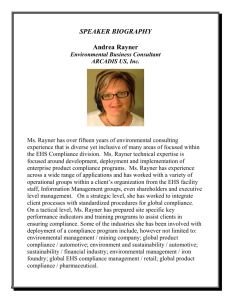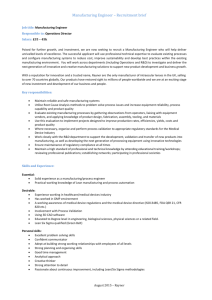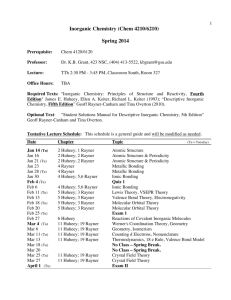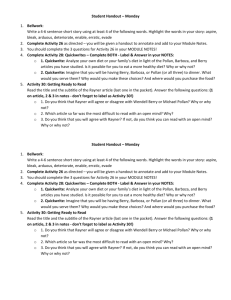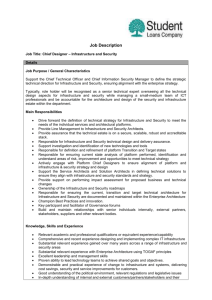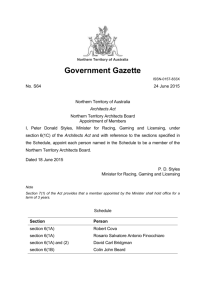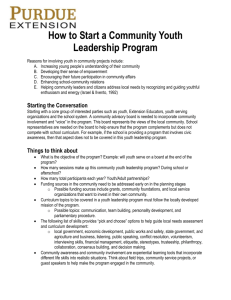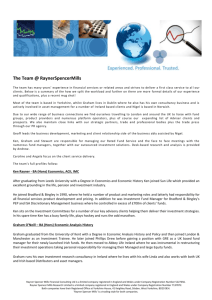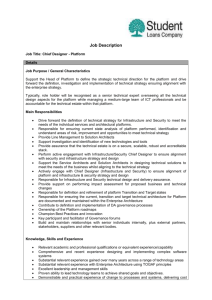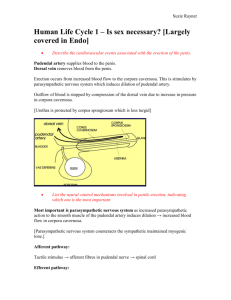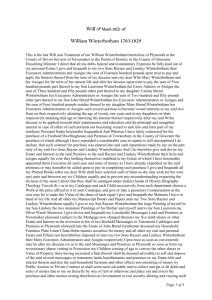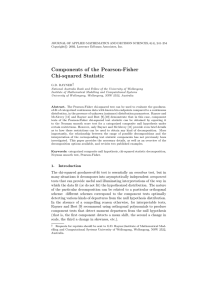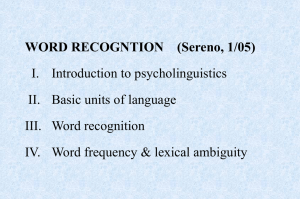Synopsis - Breaking international markets seminar
advertisement
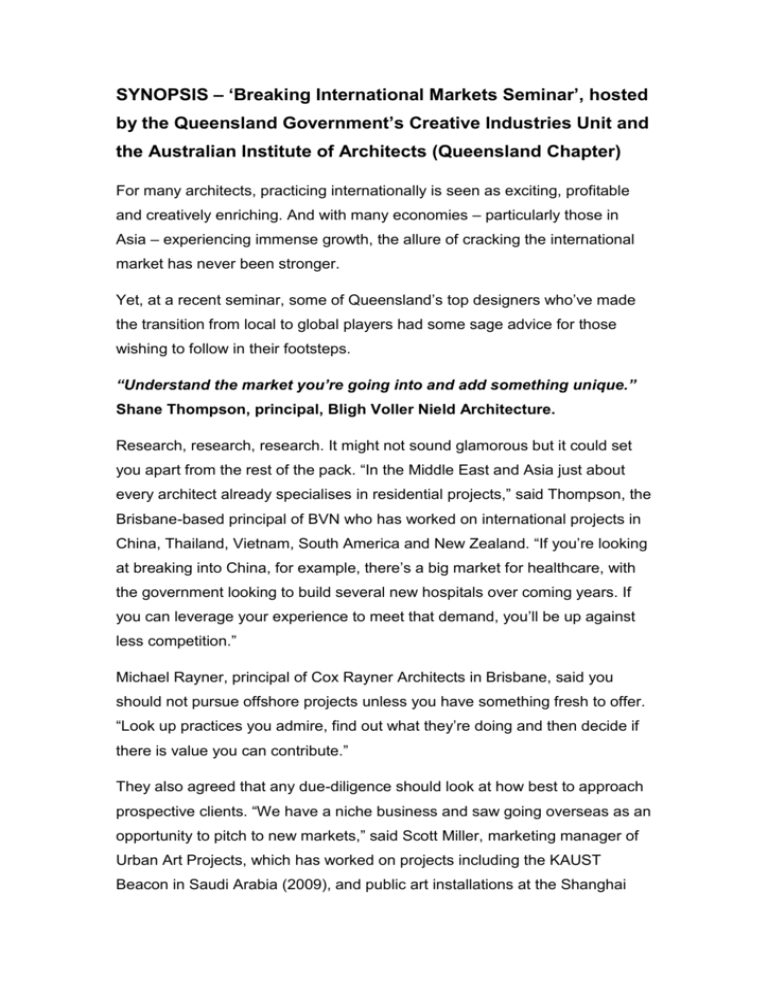
SYNOPSIS – ‘Breaking International Markets Seminar’, hosted by the Queensland Government’s Creative Industries Unit and the Australian Institute of Architects (Queensland Chapter) For many architects, practicing internationally is seen as exciting, profitable and creatively enriching. And with many economies – particularly those in Asia – experiencing immense growth, the allure of cracking the international market has never been stronger. Yet, at a recent seminar, some of Queensland’s top designers who’ve made the transition from local to global players had some sage advice for those wishing to follow in their footsteps. “Understand the market you’re going into and add something unique.” Shane Thompson, principal, Bligh Voller Nield Architecture. Research, research, research. It might not sound glamorous but it could set you apart from the rest of the pack. “In the Middle East and Asia just about every architect already specialises in residential projects,” said Thompson, the Brisbane-based principal of BVN who has worked on international projects in China, Thailand, Vietnam, South America and New Zealand. “If you’re looking at breaking into China, for example, there’s a big market for healthcare, with the government looking to build several new hospitals over coming years. If you can leverage your experience to meet that demand, you’ll be up against less competition.” Michael Rayner, principal of Cox Rayner Architects in Brisbane, said you should not pursue offshore projects unless you have something fresh to offer. “Look up practices you admire, find out what they’re doing and then decide if there is value you can contribute.” They also agreed that any due-diligence should look at how best to approach prospective clients. “We have a niche business and saw going overseas as an opportunity to pitch to new markets,” said Scott Miller, marketing manager of Urban Art Projects, which has worked on projects including the KAUST Beacon in Saudi Arabia (2009), and public art installations at the Shanghai Expo (2010). “We’ve been plugging away in Asia since late 2006 and are getting some traction now – by way of repeat business – by targeting specific clients rather than applying a shotgun approach. We’ve learnt that Chinese clients are very focused on what has been delivered in the region, and aren’t all that interested in what work you’ve done elsewhere.” “A good intermediary is vital. Someone to hold your hand all the way.” Ben Gepp, principal, Aquatonic. The architects agreed that taking a history of collaboration and applying it to the international market stood them in good stead for expanding their practices. “We chose to collaborate rather than grow organically,” said Gepp who has worked on urban infill projects in Tripoli. “For us, the process of growing organically would have been too slow. By collaborating we could spread the risk and the workload. But collaborations are like marriages: they only work well if you work hard at them.” By collaborating with “great local partners”, Shaun Gallagher, Principal of specialist sports architecture practice Populous, said they’ve gleaned vital information like “building codes and technical things we sometimes don’t know”. Cox Rayner’s collaboration with Chinese representatives and its partnerships in Singapore with local practices has allowed it to pursue targeted projects – such as the award winning Helix Bridge (Singapore, 2010) Urban Renewal in Yichang (China, 2006) and the Marina Bay development (Singapore, 2002). Gepp said it was only through collaboration and a targeted approach that Aquatonic had been able to topple the notion of export being the sole domain of big players. “Libya was a frontier market [notwithstanding the current political crisis], somewhere we could challenge ourselves and that a small practice could participate in a meaningful way. We also had a positive story from home to instil confidence in our client. Brisbane has what much of the rest of the world wants - wide-open spaces, indoor/outdoor living, environmentally sensitive and sustainable design.” “We’ve had some high highs and challenging lows however it is the experience gained along the way that has been invaluable” Scott Miller, marketing manager, Urban Art Projects. Corruption, nepotism and favouritism – it can be a big bad world out there. Miller said that through a thorough planning process UAP has ensured there are more highs than lows. “We no longer deal with mid-size businesses but with large, reputable firms where there’s less chance of the wrong kind of thing happening.” Cox Rayner has formulated a 10-point policy that safeguards the practice against unforseen risk. “We do thorough research on the client, via contacts and the Government. And we stop work if we’re not paid in 30 days. You’ve got to be flexible, but tough,” said Rayner. “Keep building relationships.” Shaun Gallagher, Principal, Populous. “After we did the Nanjing Sports Park (2005) we thought we’d made our mark on the international map and kind of expected the phone to ring off the hook,” said Gallagher “It didn’t. It took a number of years working even harder to build relationships to secure further work. In Asia, relationships are more important than the last project you’ve done, so you really have to build that trust by eating, drinking and spending lots of face time with clients.” “International work is risky payment-wise, but incredibly rewarding in the experience of working in and with other cultures.” Michael Rayner, Principal, Cox Rayner Architects Rayner said it had taken 15 years of relationship building in China to financially break even. “We chose to go offshore in 1996 because Asia is the largest growth area of the world. We’re on the doorstep of Asia and wanted to be part of that. I only do it because it’s stimulating; it’s interesting and working with different environmental factors teaches you new things. Our experiences in the international market have changed the way we design locally, as well.”
